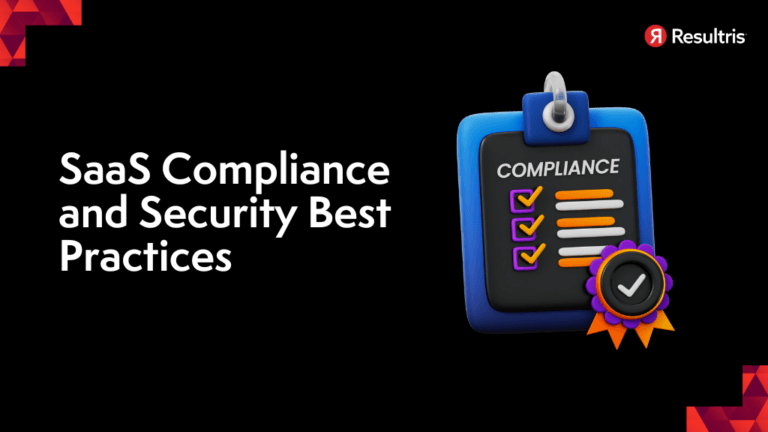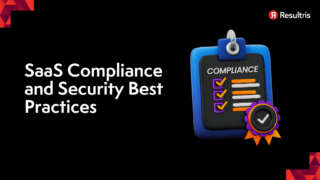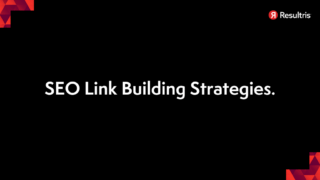

Written by: Tim Eisenhauer
Last updated:

As a SaaS startup CEO, you’re probably laser-focused on growth, product development, and funding. But there’s another critical aspect you can’t afford to overlook: SaaS compliance and security. I’ve been there. In the early days of my company, these weren’t exactly top of mind. But trust me, they should be.
Why? Because neglecting compliance and security can stop your growth dead in its tracks. It’s not just about avoiding fines or data breaches (although those are pretty good reasons). It’s about building trust, winning big clients, and setting your company up for long-term success.
Let’s break down what you need to know.
You might be thinking, “I’m just a small startup. Do I really need to worry about this stuff?” The answer is a resounding yes. Here’s why:
Don’t wait for a legal team to tell you what matters. Here are the big ones you need to know about:
Don’t reinvent the wheel. Start with these essential policies:
These policies play a crucial role in your overall security and compliance strategy. They work together to protect your data, customers, and business. Don’t think of them as bureaucratic hurdles; they’re the foundation of a trustworthy SaaS operation. Start with templates if needed, but customize each policy to fit your business needs and risks.
Each of these deserves its deep dive, but having them in place puts you ahead of many startups. Want to put them in place fast? Look no further…
You don’t need to be a tech genius to implement these, but you do need to take them seriously:
Remember, security isn’t a one-time thing. It’s an ongoing process that needs to evolve with your business and the threat landscape. Start with these measures, but be prepared to adapt and expand your security practices as your SaaS grows.
Here’s the thing: you can’t just copy-paste policies and call it a day. You need to integrate compliance and security into your company’s DNA. Here’s how:
Now, here’s where I can save you a ton of time and headache. Remember those 12 essential policies I mentioned earlier? You don’t have to create them from scratch. I’ve developed a comprehensive set of SaaS Compliance Templates that cover all these crucial areas:
This package includes all essential SaaS policy templates crafted specifically for SaaS companies and ready for customization. Here’s why it’s a game-changer:
For just $499, you get instant access to all SaaS compliance policy templates. That’s less than most lawyers charge for a single hour of work.
Don’t let compliance and security slow down your growth. With these templates, you can fast-track your way to enterprise-ready status and focus on what you do best—building an amazing SaaS product.
Remember, in the world of SaaS, trust is your most valuable asset. These policies aren’t just paperwork—they’re the foundation of that trust. Start building it today.
Implementing strong compliance and security practices isn’t just about avoiding problems. It’s about opening doors and accelerating your growth. Here’s what you stand to gain:
Remember, when scaling your SaaS company and doing business with larger clients, they will expect you to have comprehensive security measures and policies in place. They’ll often require you to complete lengthy security questionnaires or provide detailed documentation before they’ll close deals. By having these measures in place proactively, you’re removing roadblocks to your growth.
Strong compliance and security practices aren’t just a cost of doing business—they’re a catalyst for growth. They open doors, accelerate deals, build trust, and set you up for long-term success in the competitive SaaS landscape. Don’t view them as a burden but as a strategic investment in your company’s future.
You’ll face obstacles. Here’s how to overcome them:
Remember, as a SaaS startup CEO, you’re not just building a product. You’re building a trusted business. Make SaaS compliance and security part of your foundation, and you’ll set yourself up for sustainable success.
Now, go make your startup not just innovative but trustworthy, too.
Disclaimer
Please note that the information provided in this blog post is for informational purposes only and does not constitute legal advice. We are not lawyers, and reading this content does not create an attorney-client relationship. For legal advice specific to your situation, please consult with a qualified attorney.




